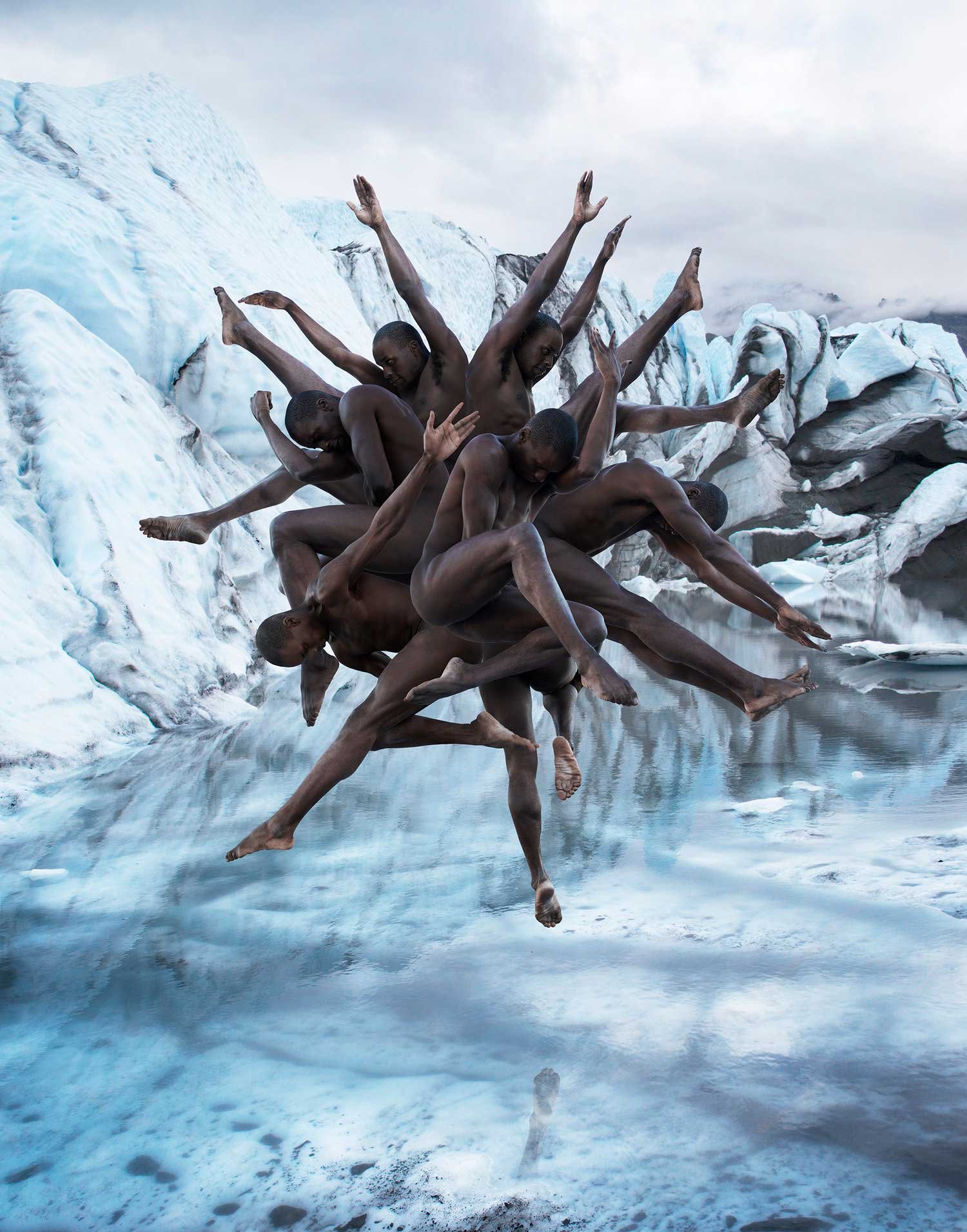
From Denial to Ease
We deny our struggles, telling ourselves we are fine, that we don’t need help, that we should be stronger. We turn away from discomfort, distracting ourselves with busyness, achievements, or endless searching. But denial does not erase suffering—it only delays the moment we must finally face it.
But what if there was another way? What if, instead of resisting life, we allowed it to move through us? This is where ease begins—as a gentle surrender to what is.
What is Ease?
Ease is not about passivity—it’s about presence. It’s the ability to move through life with a sense of softness, allowing things to unfold without unnecessary force. In a world that often glorifies effort and struggle, ease reminds us that not everything has to be hard. It teaches us to trust the natural rhythm of life, to flow rather than fight, to surrender rather than control.
Living with ease doesn’t mean avoiding challenges—it means meeting them with a sense of spaciousness. When we let go of resistance, we create room for clarity and possibility. We begin to experience life with a deeper sense of grace, moving in harmony with ourselves and the world around us.
Ease is an invitation to breathe, to soften, to release the weight we so often carry. It’s a practice of trusting that life doesn’t always have to be a struggle. And in that trust, we discover a quiet strength—the kind that allows us to move through the world with lightness, clarity, and flow.
Feautured Practices:
Choose your Practice
More Practices

Photographed by Noémi Ottilia Szabo
Choosing Your Practice
Your practice should feel like a natural extension of yourself, not something you force. Start with what resonates with you—whether through the body, heart, or mind. Each of us connects differently, and the right practice will fit into your rhythm and flow.
Magic Valley’s practices bring together the body, heart, and mind. They begin with the body, grounding you in the present moment, then move through the heart, inviting connection, and reach the mind, offering clarity, before transcending them all. When you find a practice that brings joy, allow yourself to fully engage with it. But when that joy fades, let it go. No practice is meant to last forever—each one serves a purpose for a while, and then it’s time for something new.
The key is to let joy guide you. When you’re in a practice that feels right, immerse yourself in it. But when the joy is no longer there, don’t hold on. Trust that another practice will come along when you need it, one that will align with where you are in your journey. Practice is not about routine—it’s about connection, presence, and growth. Stay open to what feels right in each moment, and let that be enough.
A Practice of Your Own
There is no guru here, no single path to follow—only an open space for discovery. Your practice is yours to shape, to explore, to make your own. You know your body best. You know what nourishes you, what brings you back to yourself, what feels right in this moment. Trust that. Listen to that. Let your practice be a reflection of your own rhythm, not something imposed from the outside.
What works for you may work for others. What moves you, what opens you, what brings you home—these things are worth sharing. Sadhana is not a set of rules or fixed traditions; it is a living space for practice, shaped by those who step into it. If you have a practice that brings clarity, lightness, or connection, we invite you to offer it to the community. Not as something to be followed, but as something to be explored.
Here, practice is an act of trust—trust in yourself, in your body, in your experience. It is also an act of responsibility. No one can do this for you. No one else holds the answers. This is your journey, your unfolding. And yet, we do not walk alone. We walk alongside one another, sharing, learning, and growing in the presence of those who are also finding their way.
There is no right way, only the way that feels true to you.

Photographed by Rob Woodcox
Our Journey of Love
We are starved for love, surrounded by tales of love in TV serials, movies, books, and songs, yet seldom do we pause to consider that love is something we can truly learn and nurture within ourselves.

